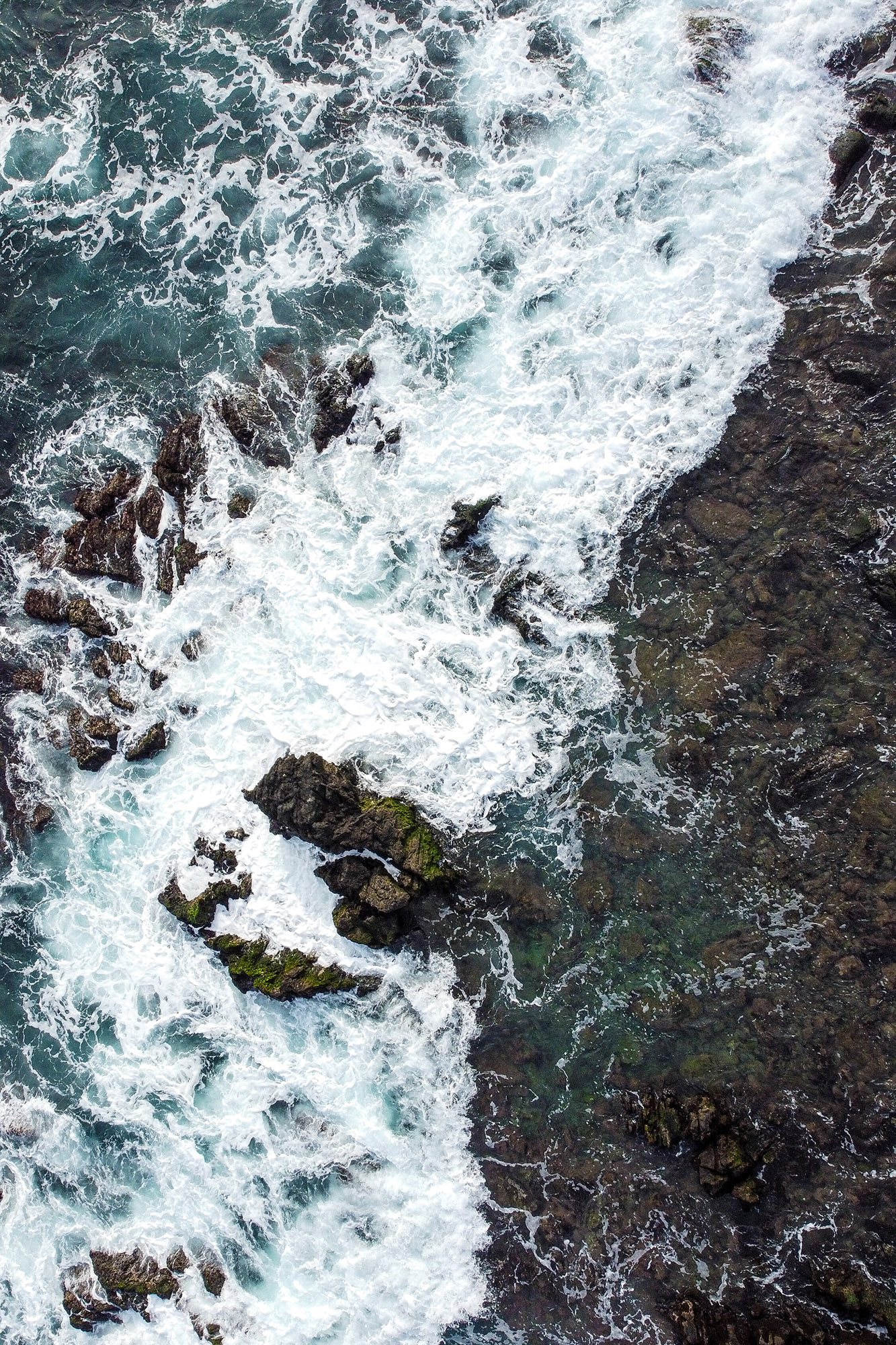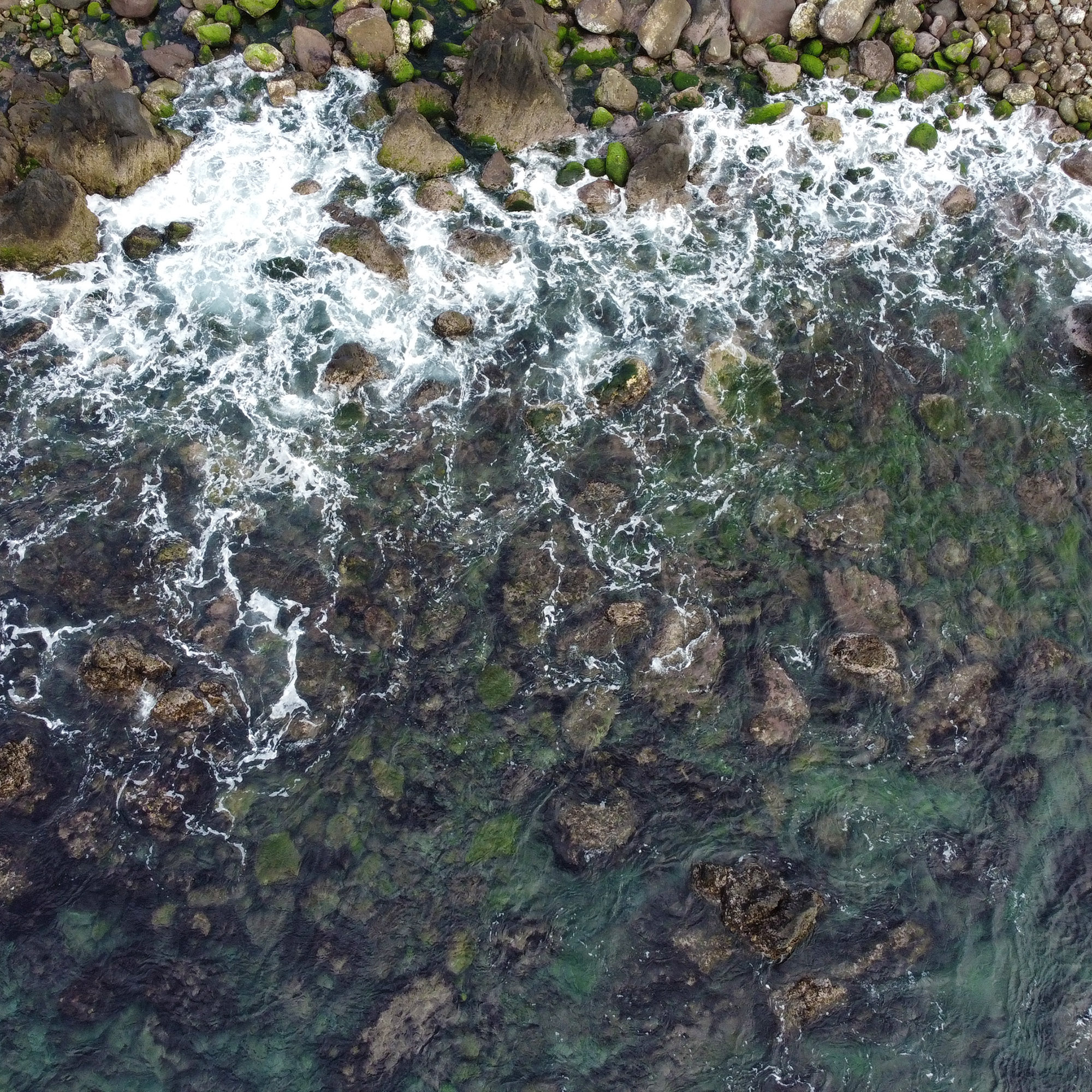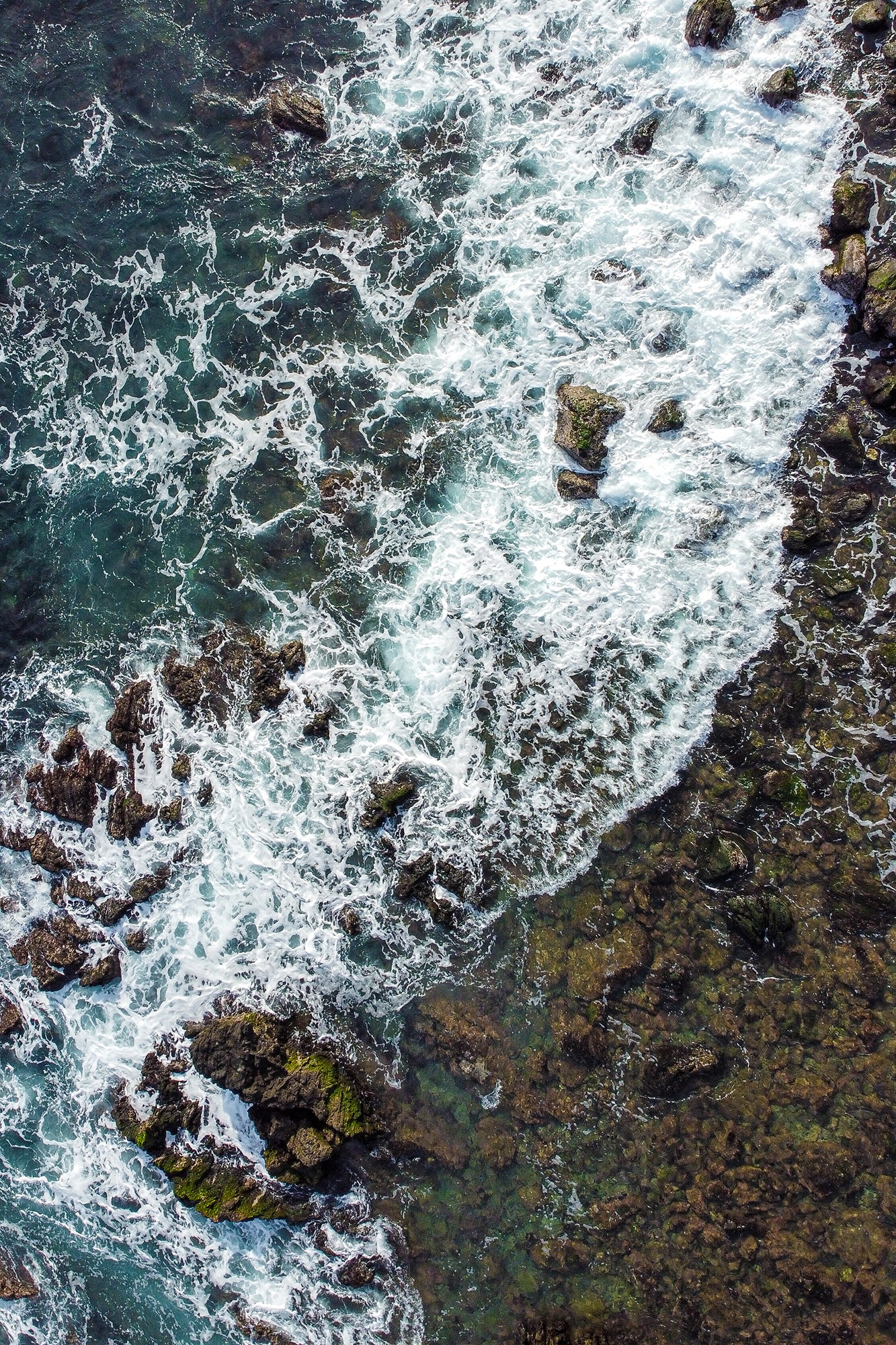Stay A Little Longer Now
December 10, 2019
Flying over the Mitsuishi Rocks along the Manazuru Coast in Kanagawa with the DJI Mavic Mini.



The first time one picks up the DJI Mavic Mini they’re likely to do a double take - it’s crazy how light and insubstantial it feels in hand.
We also own a full sized Mavic Pro and have often thought about selling it due to how unwieldy it is to carry anywhere. Not only is the drone itself large and heavy at nearly a kilogram, but it also requires the (heavy) remote, extra (heavy and large) Mavic Pro Batteries and most annoyingly - the gigantic and heavy proprietary charging cable. Such a profilgate waste of space and weight for an ultra-specialised tool liable to be used only once per trip at most is anathema to carry-on-only/one-bag travelers such as ourselves, and so more often than not the Mavic Pro stays collecting dust on our shelves.
The Mavic Mini though - that’s another story. The best part beyond the incredibly tiny size and weight is that the accessories (remotes, batteries) are also small, and that it supports in body charging with a standard micro-USB cable - meaning no heavy proprietary charger required. It’s truly the first drone lightweight travelers or photographers can throw in their bag without regret, and take with them on almost any trip - as they say, the best camera (or drone) is the one you have on you.1
There’s some downsides to such a tiny drone however - besides the fragility, it shoots only in JPG2, has an argubly inferior transmission system3 and can struggle in high winds. The latter in particular is what we were concerned about - would it be unable to return home in face of strong prevailing winds?
The Manazuru coast in winter is strongly buffeted by freezing cold winds and the “high wind” warning came on almost immediately as we flew out over the ocean. Despite this, and the drone rocking back and forth at times, it still managed to redeem itself admirably although the battery life was shortened even more than expected - just under 15 minutes of flight time before it was time to head back with 20% emergency reserve left on the battery as it struggled to fight the headwinds and stay on course. However, dropping to a lower altitude helped lessen the burden and everything worked out fine in the end.
So, definitely a sound purchase and probably means it’s time to finally sell our Mavic Pro.
-
One final interesting twist is that our version - purchased in Japan - weighs only 199 grams, a full 50 grams lighter than the rest of the world due to a special Japan-only ultra light weight model. There’s some downsides - the drone feels even lighter and more delicate in hand than the Rest Of World (ROW) model, and the batteries get only around 20 minutes of battery life versus the 30 for ROW models. (ROW models are apparently cross-compatible with the Japan Mavic Mini but the weight would technically push it over the 199g written on the body) ↩
-
Of course RAW is preferred but as the theme of this site goes, “good enough is good enough” and looking at the photos we got, we’re happy enough for now. Also, the RAW files of the Mavic Pro (first generation) don’t have that much latitude to begin with so it’s not like we’re losing much… ↩
-
General consensus is that it should pose no problems in the wilderness, but will struggle in densely populated urban areas. One shouldn’t be flying a drone in densely-crowded urban areas so that is no problem from our perspective and in our (limited) testing to date out in unpopulated areas we didn’t experience any issues. ↩